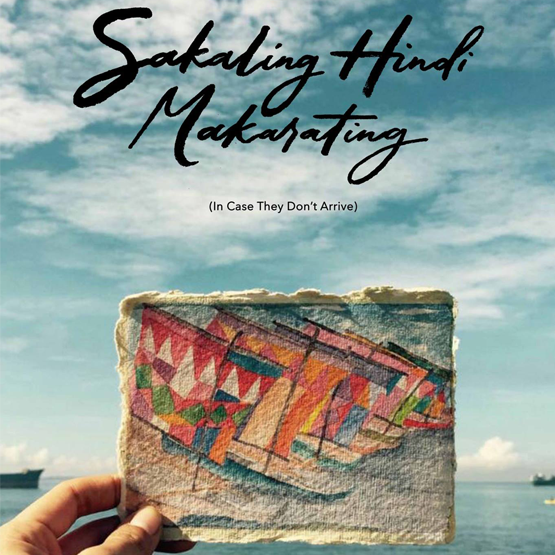Design
Pottery Barn and West Elm Launches Designer’s Rewards Circle in Cebu
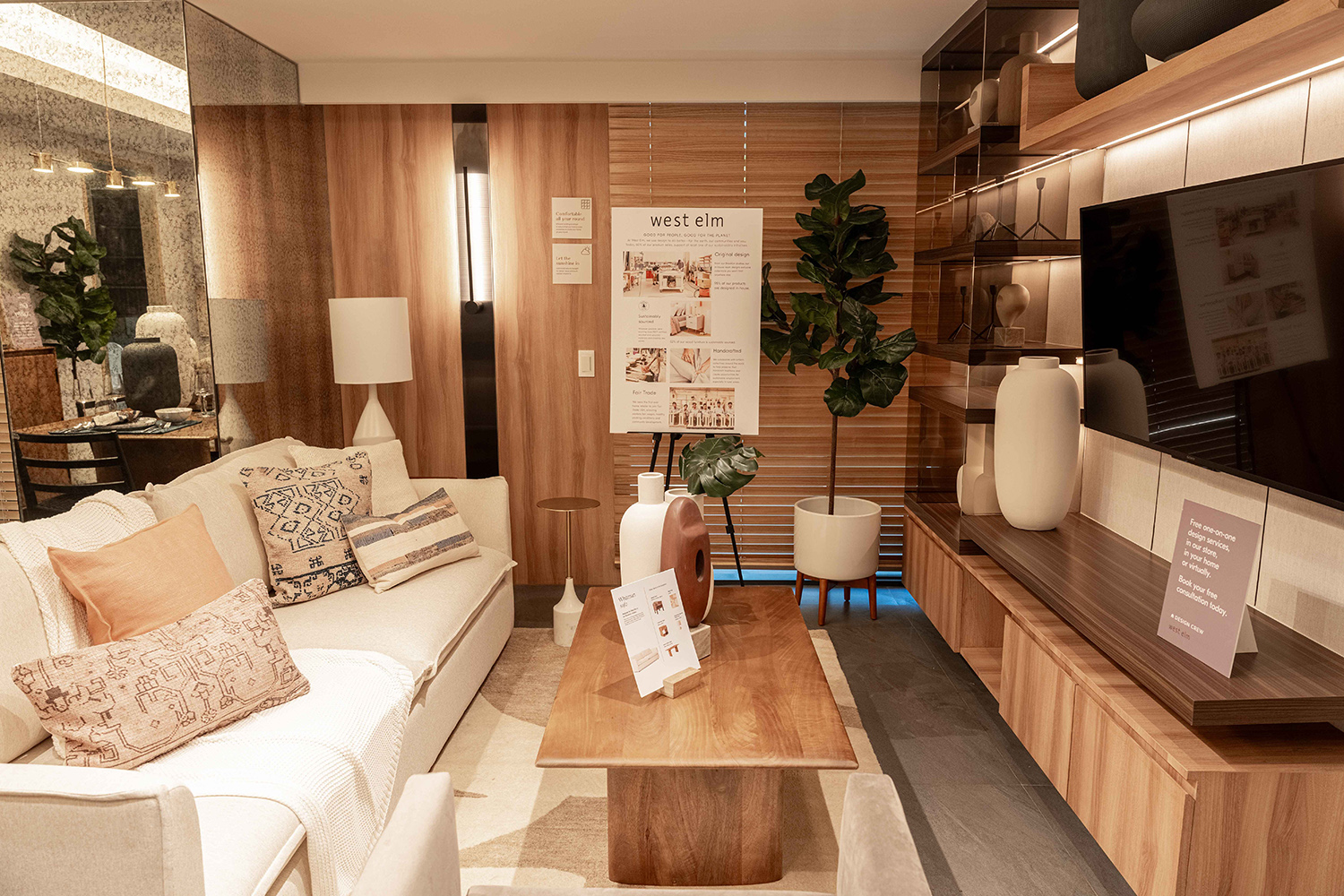
Exciting news for interior decorators, architects, and stylish home-makers in Cebu!
Pottery Barn and West Elm are two of the most revered brands in the US, and they are a favorite among interior decorators and homeowners. “We found that we have a lot of orders from Cebu,” according to Gina Bonoan, SSI’s Group Manager for Merchandising. This month, they launched the Designer’s Circle Rewards Program during a dinner in Cebu with a select group of interior decorators and architects. Held at Arthaland’s spacious second-level lobby, the exclusive event was decorated on-theme with a comfy look trademarked by both brands.

Founded in 1949, Pottery Barn was built on the idea that home furnishings should be exceptional in comfort, quality, style, and value. It stands out for its commitment to sustainability and creativity. Their products use fabrics like chemical-free cotton, sustainable lumber, and recycled materials. They ensure every piece of furniture and furnishings is designed for life. Pottery Barn Kids is an extension of this lifestyle. The kids’ furniture line prioritizes safety and well-being, using non-toxic materials to safeguard your little ones. Design partnerships with LEGO and Monique Lhuillier Home infuse playfulness and elegance, making Pottery Barn a beacon of innovation in home decor.

Group Merchandise Manager of William Sonoma Brands under SSI Regina Bonoan, Eva Gullas and Jaja Chiongbian Rama

Archt. Josh Mabitad, Archt. Jason Chua, Archt. Jonathan Cruz, and Archt. Zach Go
West Elm is the other brand included in the Designer’s Circle Rewards Program. Known for its modern aesthetics, West Elm’s furniture and furnishings feature contemporary designs that blend functionality with style. Whether it’s a sleek sofa, a minimalist coffee table, or a unique accent chair, their pieces often reflect the latest trends in interior design.

IDr. Dianne Appoyon, Franie Semilla, and Dione Larrazabal

Senior Design Specialist of William Sonoma Philippines Kingston Tan

Marketing and Corporate Communications Unit Head Cyrene Pamela Go, Monchit Uichanco and Syndey Lizares
DESIGNER’S CIRCLE REWARDS PROGRAM is open to all architects and interior decorators. Members have access to their latest designs through an online catalog, a dedicated design associate, exclusive customer events as well as a rewards program. To qualify, email to design specialist.pbcsq@rgoc.com.ph or homestyle.wecsq@rgoc.com.ph. Mobile and Viber 0917/897-5963 or 0917/861-4437.

Pottery Barn/Pottery Barn Kids/West Elm Store Locations:
Central Square, Bonifacio High Street Central
30th St corner 5th Avenue, Taguig City
Estancia at Capitol Commons
Ground Floor South Wing
Meralco Avenue corner Shaw Blvd., Pasig City
Design
New York Celebrates the Art Deco Centennial-Icons of Style and Innovation

by Emmanuel Hamoy
The Art Deco movement, which flourished during the 1920s and 1930s, left a dazzling architectural legacy in New York City. Characterized by geometric forms, lavish ornamentation, and an embrace of modern materials, Art Deco reflected the spirit of a rapidly advancing world. Nowhere was this style more boldly realized than in the skyline of New York.
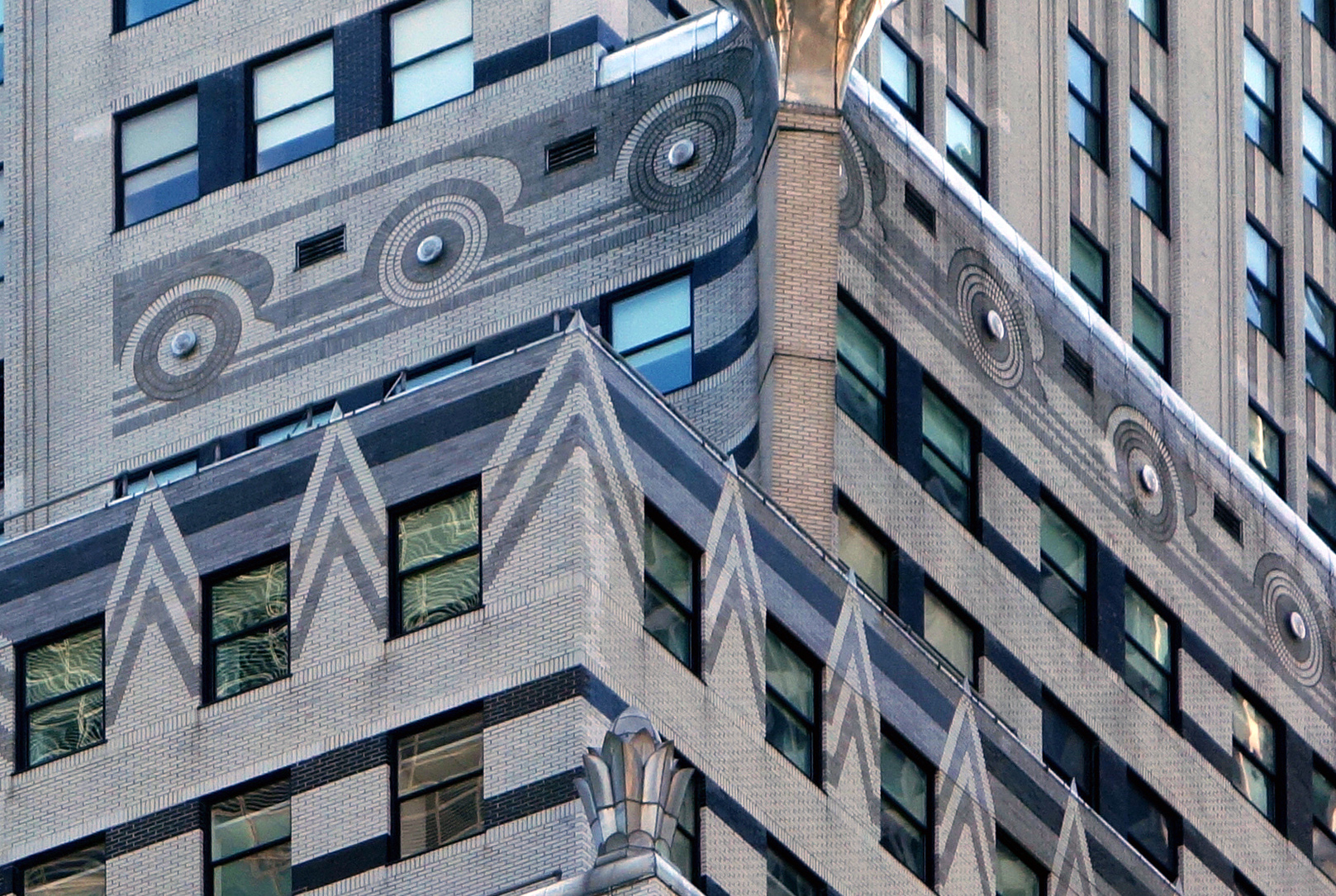
Chrysler Building
Among the most iconic examples stands the Chrysler Building, completed in 1930 and designed by architect William Van Alen. Its stainless steel spire, stylized eagles, and sunburst motifs have become symbols of both the Art Deco style and the city itself. Built as a bold statement of corporate power and modernity, the building remains a quintessential example of the movement’s dramatic flair.

Empire State Building
Not far behind in significance is the Empire State Building, completed in 1931 by Shreve, Lamb & Harmon. Though more restrained than the Chrysler Building, its sleek lines, setbacks, and aluminum spire represent the monumental scale and optimism of Art Deco. At the time of its completion, it was the tallest building in the world—a status symbol of America’s industrial ambition.
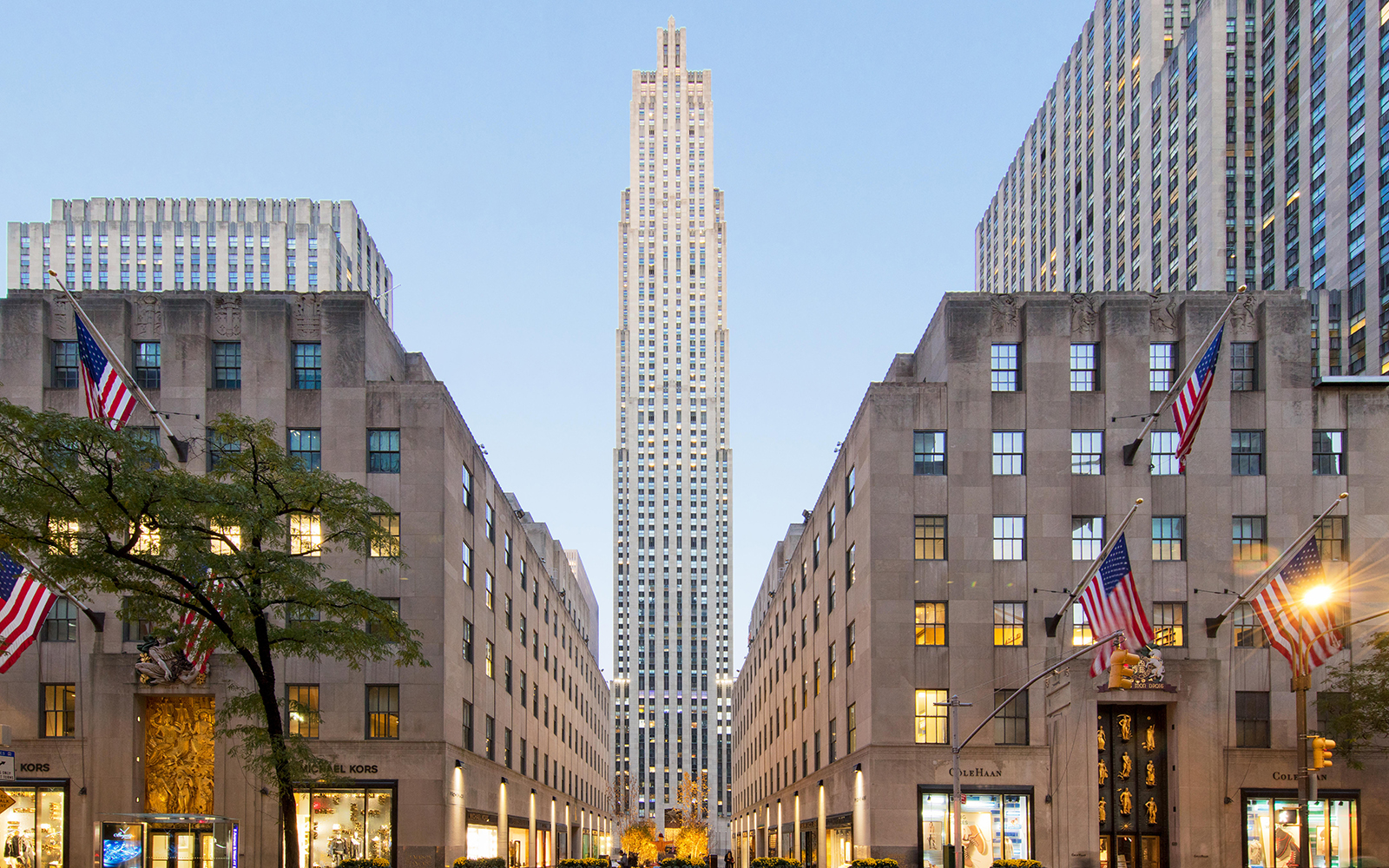
Rockefeller Center
The Rockefeller Center, a complex of 19 commercial buildings developed in the 1930s, showcases Art Deco’s integration with urban planning. Spearheaded by architect Raymond Hood, the center merges decorative artistry with functional design. The RCA Building (now 30 Rockefeller Plaza) anchors the complex with its streamlined verticality and limestone façade, while public artworks and bas-reliefs reinforce the period’s thematic focus on progress and human achievement.
Another noteworthy example is the Chanin Building, designed by Sloan & Robertson, which features decorative bronze reliefs and a terra cotta façade. Less famous but richly detailed, it embodies the craftsmanship and industrial optimism central to Art Deco design.
Art Deco’s legacy in New York is more than visual opulence—it represents a cultural snapshot of an era defined by economic growth, technological advancement, and artistic ambition. Today, these buildings remain enduring landmarks, capturing the soul of a city reaching for the future.
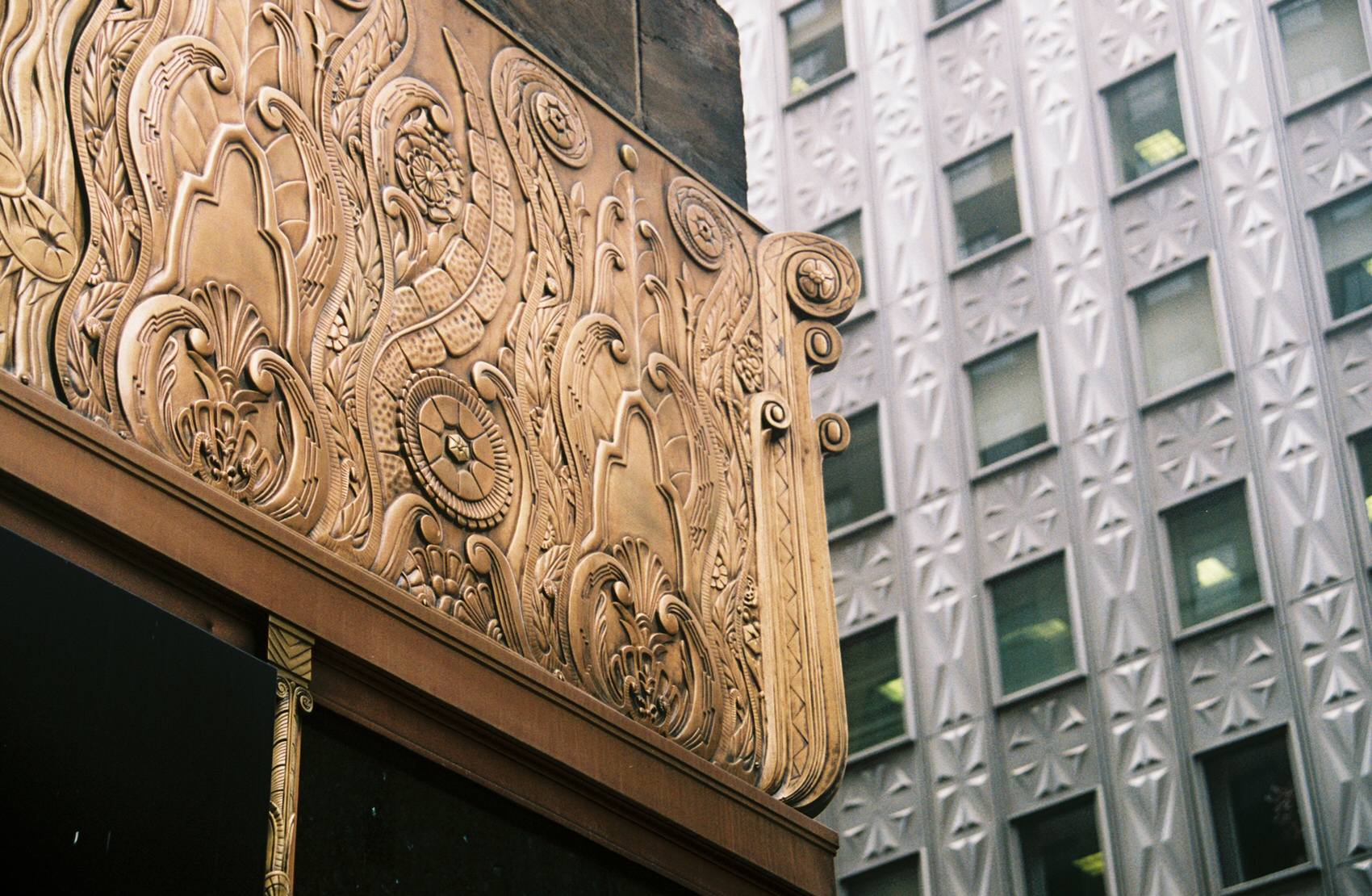
Chanin Building
Design
Kenneth Cobonpue Opens His BGC Store
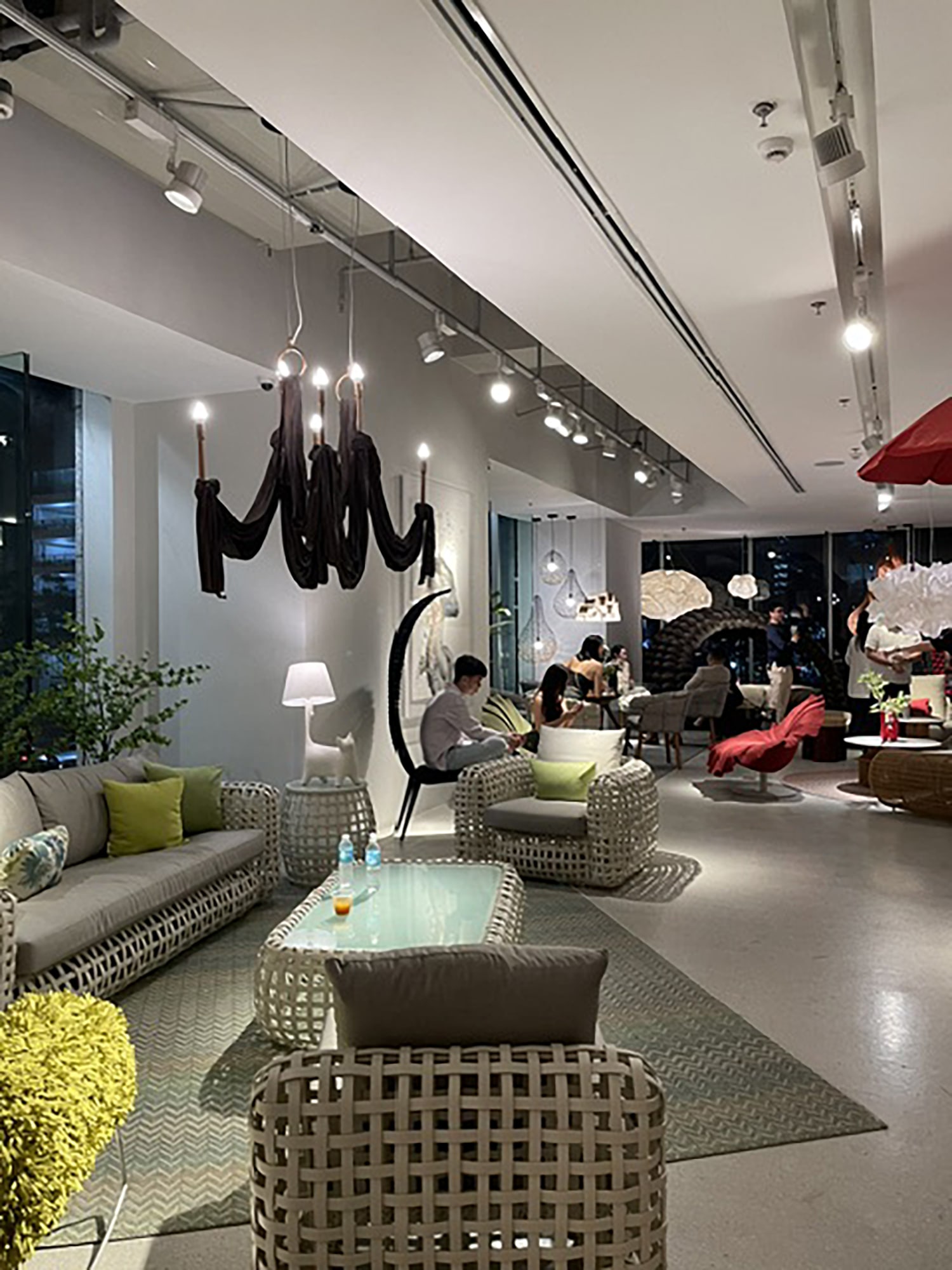
by Emcee Go
At the busy corner of the Grand Hyatt Hotel in BGC Taguig, Kenneth Cobonpue’s latest outpost stands as a testament to his design prowess. With two levels, the showroom showcases his distinct furniture and furnishings. Most notable are Kenneth’s light fixtures with each piece, meticulously handcrafted. They showcase an intricate play of light and shadow, transforming any space into a haven of warmth and sophistication. Kenneth’s designs, deeply rooted in local artistry, resonate with both contemporary minimalism and cultural heritage, making them a standout in any room.

Kenneth Cobonpue’s showroom
The showroom is more than just a furniture store. It features a bar, naturally reflecting Cobonpue’s unique touch. Additionally, the second level houses a gallery by celebrated artist Ronald Ventura, blending design with avant-garde art in a sophisticated yet inviting setting.

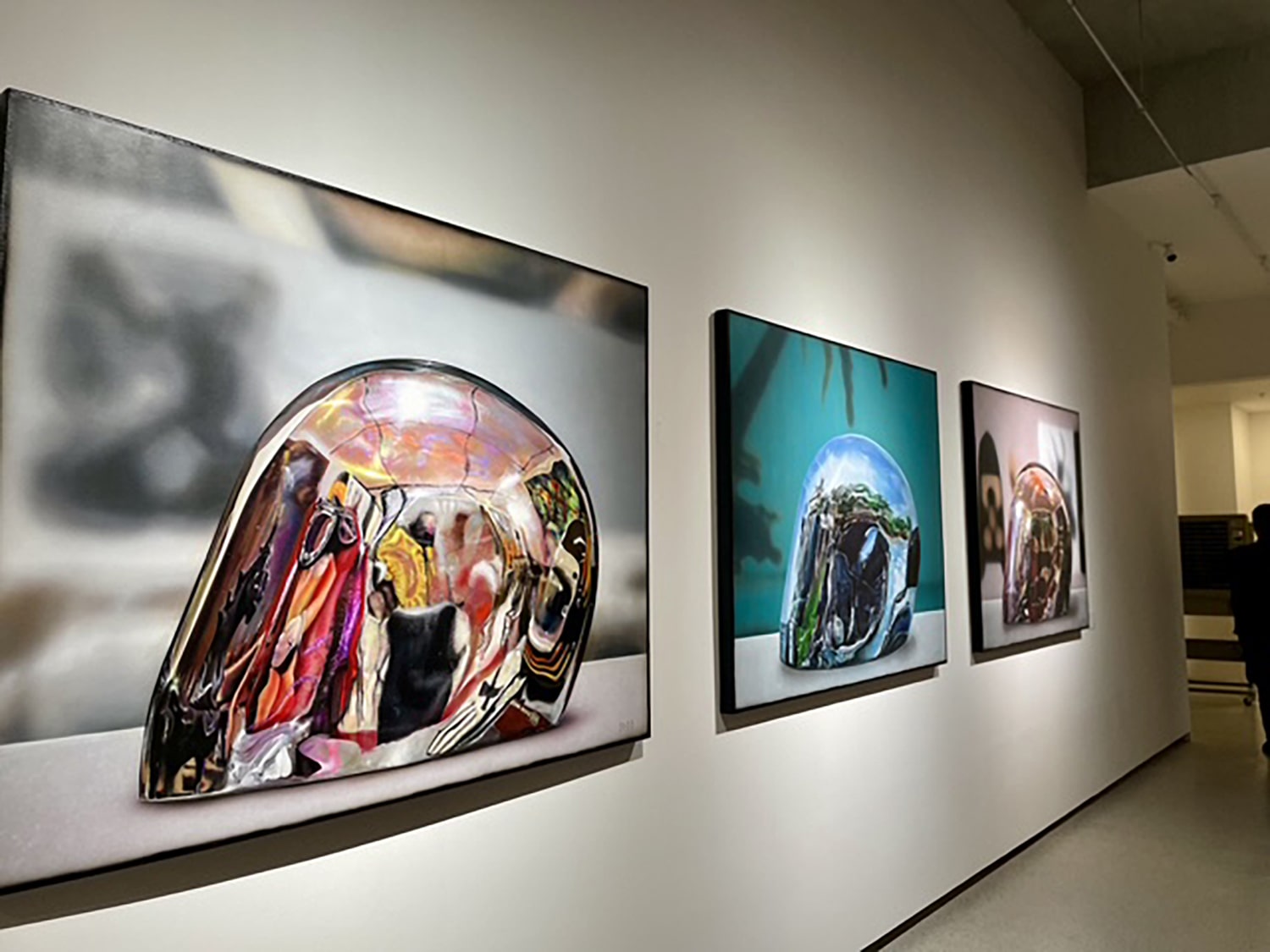
Ronald Ventura’s artworks
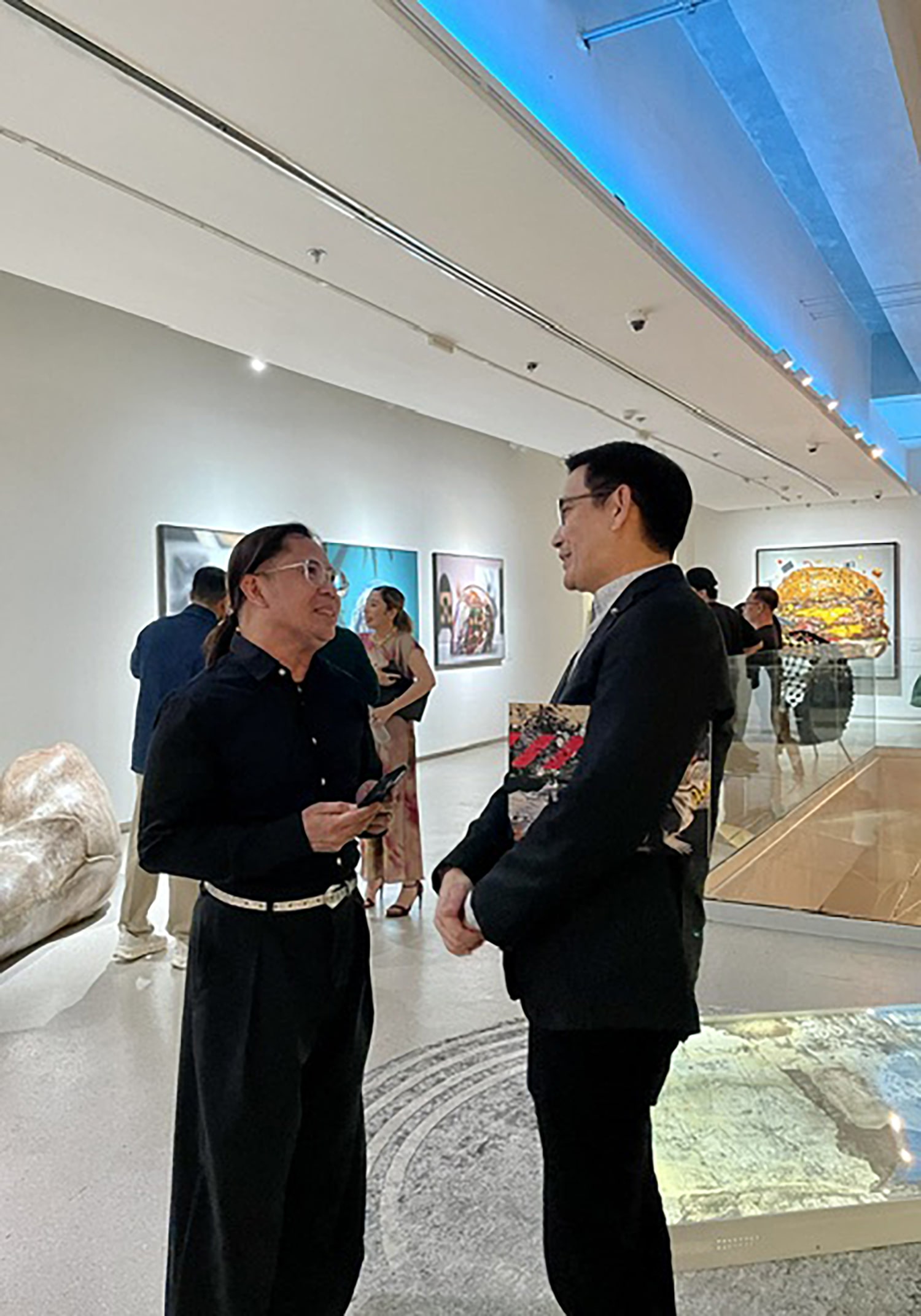
Richard Yap and friend
During the opening night recently, guests entered a red carpet, bringing a Miami-like vibe to Manila. The fun event celebrates creativity and culture and highlights the intersections of design, art, and revelry. Seen at the event were several Cebu personalities who were also in town for the opening of Art Fair Manila.

Jun Escario with Kate Anzani

Patricia Dela Cruz and Neil Felipp

Gallerist Mariz Holopainen, designer Kenneth Cobonpue, celebrated mod artist Ronald Ventura, Melo Esguerra and Eva Gullas
Design
Bulgari’s Serpenti Collection: A Timeless Homage to the Year of the Snake
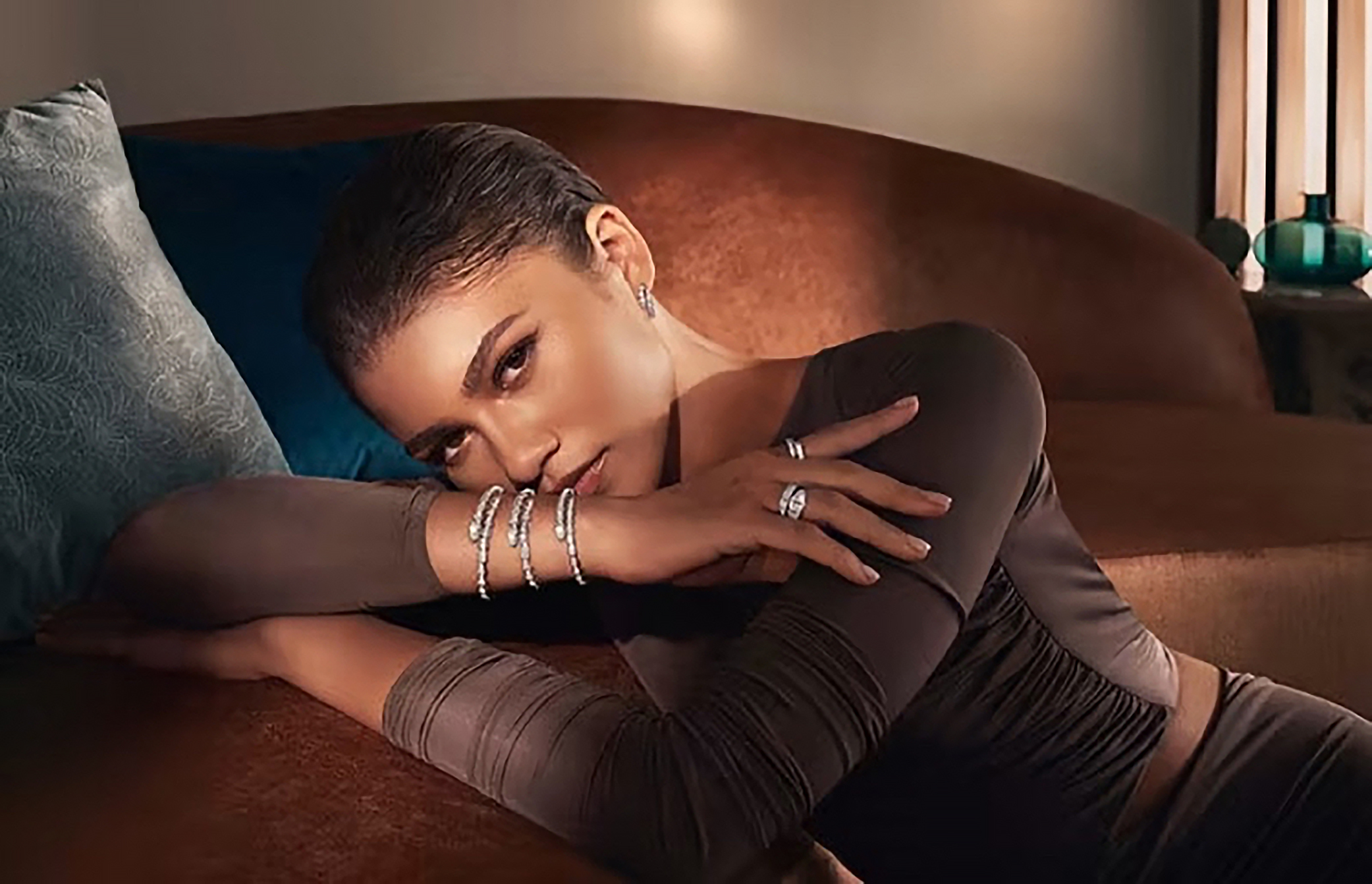
By Emmanuel Hamoy
Bulgari’s iconic Serpenti Collection is a testament to the maison’s ability to weave cultural symbolism and fine craftsmanship into jewelry and timepieces. Since its debut in the 1940s, the collection has embodied the elegance, mystique, and power of the serpent—a motif deeply rooted in mythology, art, and culture. In 2025, Bulgari’s Serpenti designs found renewed significance as the Chinese zodiac ushered in the Year of the Snake.
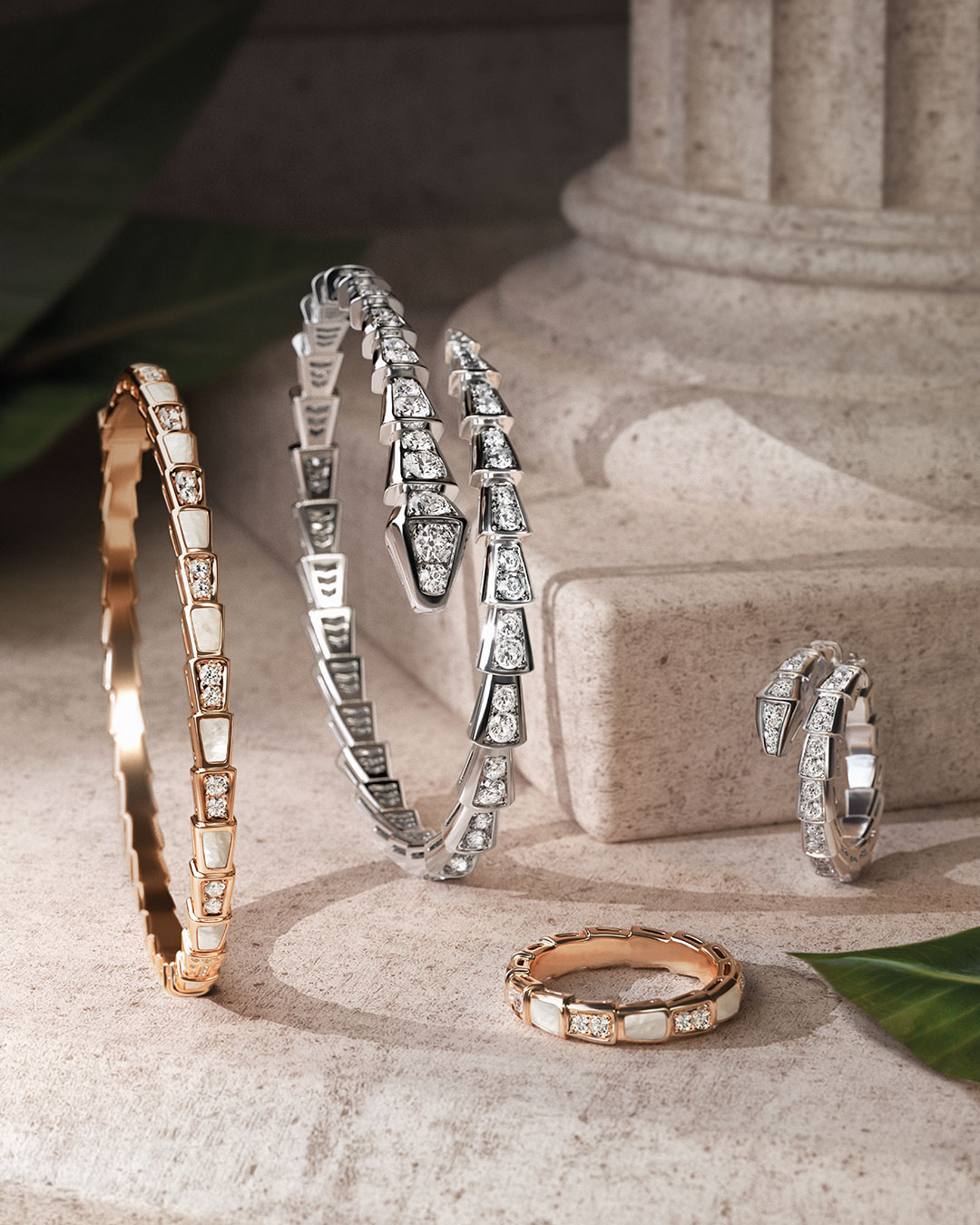
In Chinese astrology, the snake is revered as a symbol of wisdom, intuition, and transformation. Those born under the Year of the Snake are believed to possess a refined, enigmatic aura and an innate ability to adapt to life’s challenges. Bulgari’s Serpenti collection perfectly mirrors these qualities, blending the serpent’s sensual curves with bold design elements. Each piece—from coiling bracelets to striking necklaces and watches—captures the serpent’s duality as a figure of grace and strength.
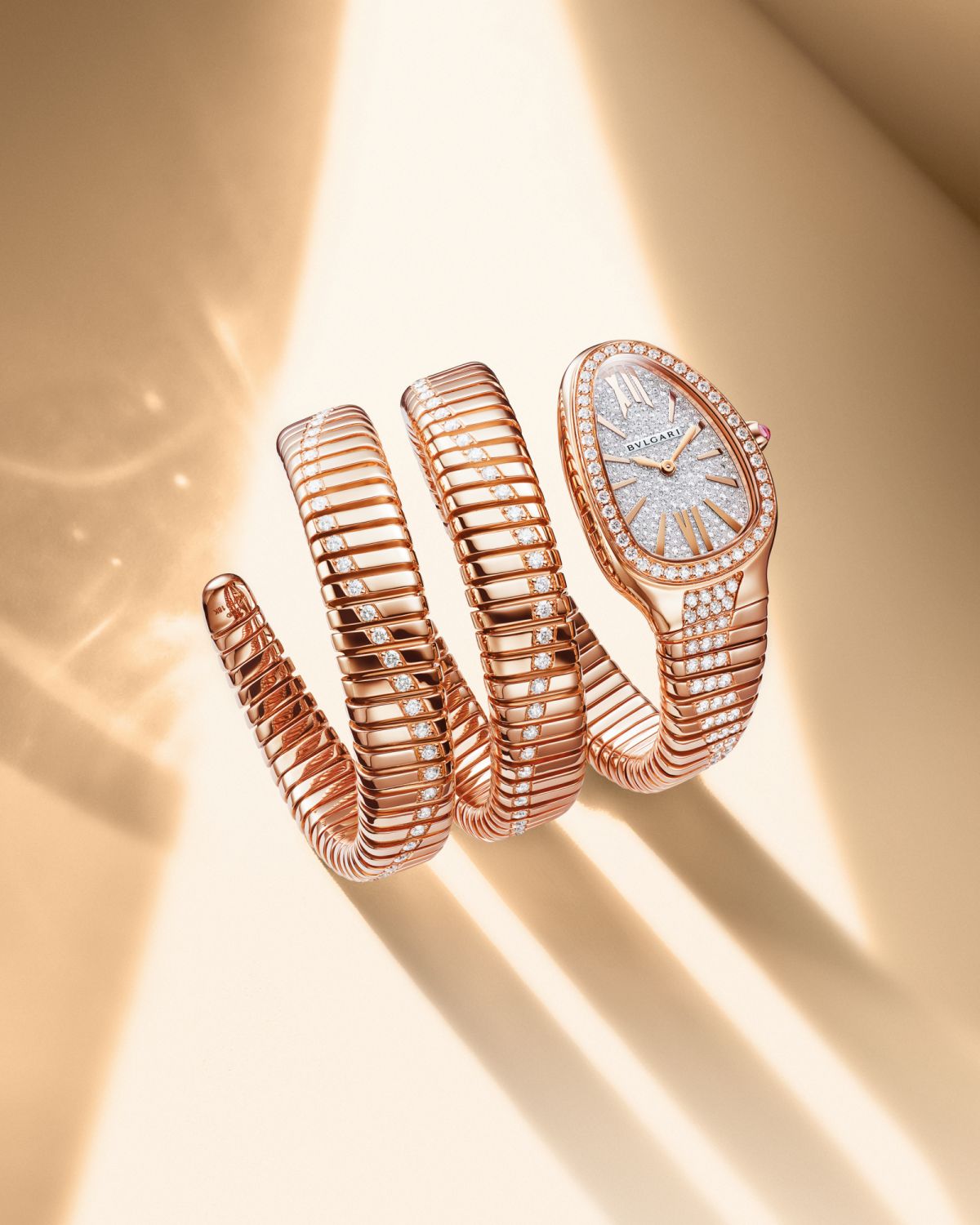
The synergy between Bulgari’s craftsmanship and the symbolism of the snake was celebrated in 2013 with special edition Serpenti pieces. The designs showcased the maison’s expertise in combining colorful gemstones, intricate scales, and coiling shapes, echoing the serpent’s fluid movement and timeless allure. These creations paid tribute not only to the Chinese zodiac but also to Bulgari’s Italian heritage, renowned for its bold use of color and innovative designs.
Today, the Serpenti Collection remains an enduring icon of luxury and transformation. Its connection to the Year of the Snake enhances its allure for those who resonate with the snake’s symbolism, making it a coveted collection for connoisseurs and collectors alike. Through the Serpenti, Bulgari continues to celebrate the universal power of the serpent—a creature that transcends time, culture, and borders.
-
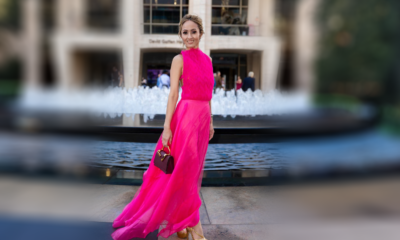
 Style2 months ago
Style2 months agoHappy Melendres Traipsing Around Manhattan in Non-Stop Armani
-

 Arts & Culture3 months ago
Arts & Culture3 months agoKultura. Kapital. Kasalukuyan: Art that Speaks of Today
-
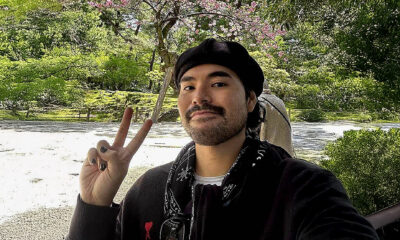
 Prime Target2 months ago
Prime Target2 months agoMiko Sarmiento: Turning Silk Scarves Into Works of Art
-
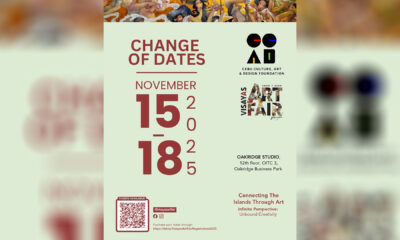
 Arts & Culture1 month ago
Arts & Culture1 month agoVisayas Art Fair Year 5: Infinite Perspectives, Unbound Creativity
-
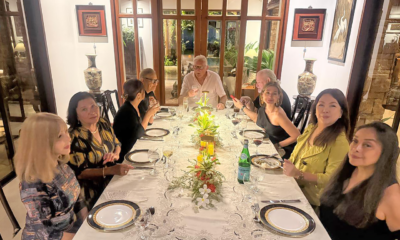
 The Scene3 months ago
The Scene3 months agoAnother Elegant Dinner at Chez Marguerite
-

 Prime Target3 months ago
Prime Target3 months agoLuna Vdl–Endless Summers in Siargao
-

 The Scene3 months ago
The Scene3 months agoA Stylish Soirée: Cebu’s Elite Celebrate Jackie Deen Lotzoff at Mad Thai
-

 QuickFx2 months ago
QuickFx2 months agoI Lost It at the Movies: Five of the Most Significant Films of the 1960s






